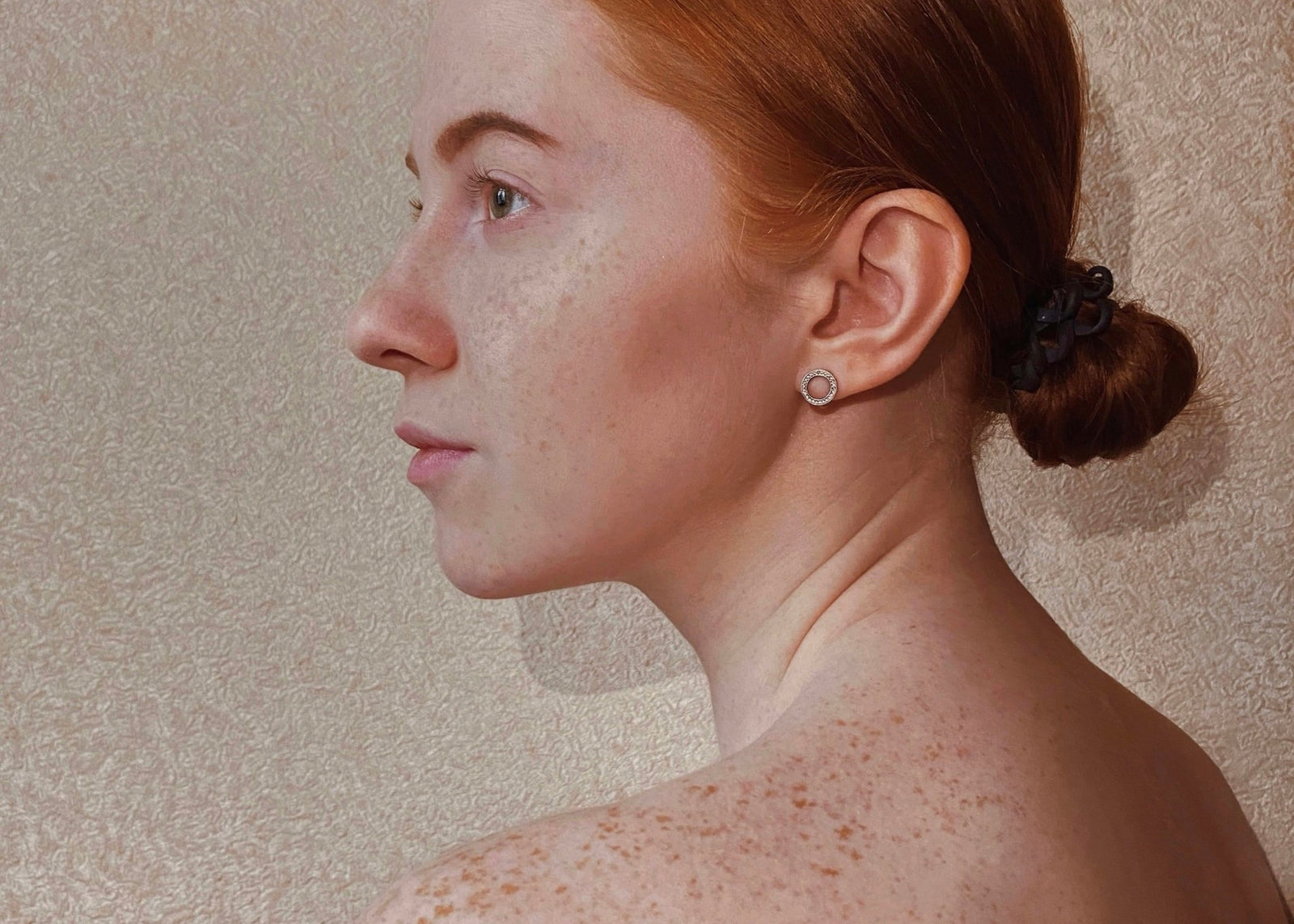
Comprehensive Skincare Routine for Acne-Prone Skin
Acne-prone skin can be challenging to manage. It requires a delicate balance of cleansing, treating, and moisturizing to maintain a clear and healthy complexion. This blog post will provide a comprehensive skincare routine specifically designed for acne-prone skin, emphasizing the benefits of using natural and sustainable ingredients. Let's embark on this journey towards healthier, clearer skin together.
Understanding Acne-Prone Skin
Before we delve into the skincare routine, it's important to understand what acne-prone skin is. This type of skin is characterized by frequent breakouts, often due to overactive oil glands. When these glands produce too much oil, it can clog pores, leading to the formation of acne.
Acne-prone skin can be influenced by a variety of factors including genetics, hormones, diet, and stress. Therefore, a holistic approach that includes lifestyle changes and a dedicated skincare routine is often the most effective way to manage it.
Benefits of Natural and Sustainable Skincare Ingredients
Choosing skincare products with natural and sustainable ingredients can have multiple benefits for acne-prone skin. Firstly, these ingredients are often gentler on the skin, reducing the risk of irritation which can exacerbate acne. They also tend to be rich in antioxidants, which can help to protect the skin from environmental damage.
Moreover, opting for sustainable skincare products is not only good for your skin, but also for the environment. By choosing products from companies that prioritize sustainability, you're supporting practices that minimize waste and reduce harm to our planet.
Essential Steps in a Skincare Routine for Acne-Prone Skin
Now, let's move onto the key steps in a skincare routine designed for acne-prone skin. This routine should be followed twice a day - in the morning and at night - for the best results.
1. Cleansing
The first step in any skincare routine is cleansing. This helps to remove excess oil, dirt, and makeup that can clog pores and lead to breakouts. For acne-prone skin, it's important to choose a gentle, non-drying cleanser. Look for natural ingredients like tea tree oil, which has antibacterial properties, and chamomile, which can soothe inflammation.
Here's how to cleanse properly:
- Wet your face with lukewarm water.
- Apply a small amount of cleanser to your hands and work it into a lather.
- Gently massage the cleanser onto your face using circular motions.
- Rinse thoroughly and pat your face dry with a clean towel.
2. Toning
After cleansing, the next step is toning. A toner helps to balance the skin's pH levels and prepare it for the next steps in your routine. For acne-prone skin, look for a toner with natural ingredients like witch hazel, which can help to control oil production, and aloe vera, which can soothe and hydrate the skin.
To apply toner:
- Apply a small amount of toner to a cotton pad.
- Gently sweep the cotton pad across your face, avoiding the eye area.
- Allow the toner to dry naturally on your skin.
3. Treating
The third step in the routine is treating. This involves using a product designed to target acne specifically. This could be a spot treatment, a serum, or a mask. Look for products with natural acne-fighting ingredients like salicylic acid, which can help to unclog pores, and green tea, which has anti-inflammatory properties.
When applying a treatment product:
- Apply a small amount of the product to your finger.
- Gently dab the product onto any spots or areas of concern.
- Allow the product to absorb into your skin before moving onto the next step.
4. Moisturizing
The final step in the routine is moisturizing. Even acne-prone skin needs moisture to maintain its health and balance. Look for a lightweight, non-comedogenic moisturizer that won't clog your pores. Natural ingredients like hyaluronic acid can provide hydration without adding excess oil.
To moisturize:
- Apply a pea-sized amount of moisturizer to your hands.
- Gently massage the moisturizer into your skin, using upward strokes.
- Allow the moisturizer to absorb fully before applying any makeup or other products.
Additional Tips for Managing Acne-Prone Skin
Alongside a dedicated skincare routine, there are several other strategies that can help to manage acne-prone skin. These include:
- Maintaining a healthy diet: Certain foods, particularly those high in sugar and dairy, can trigger acne in some people. Try to maintain a balanced diet with plenty of fruits, vegetables, and lean proteins.
- Staying hydrated: Drinking plenty of water can help to keep your skin hydrated and healthy, reducing the likelihood of breakouts.
- Managing stress: High stress levels can trigger acne breakouts in some people. Techniques such as yoga, meditation, and regular exercise can help to manage stress levels.
- Getting enough sleep: Lack of sleep can exacerbate acne by disrupting the skin's natural healing processes. Aim for at least 7-8 hours of sleep per night.
Remember, everyone's skin is unique, and what works for one person may not work for another. It may take some trial and error to find the right products and routine for your skin. However, by following these guidelines and prioritizing natural and sustainable ingredients, you're on the right path to healthier, clearer skin.
















